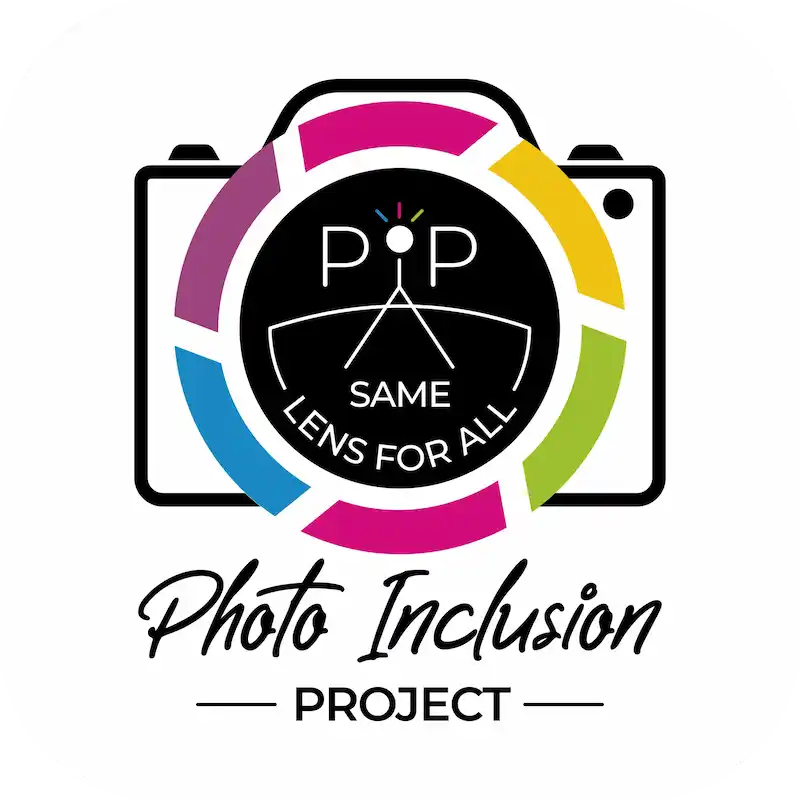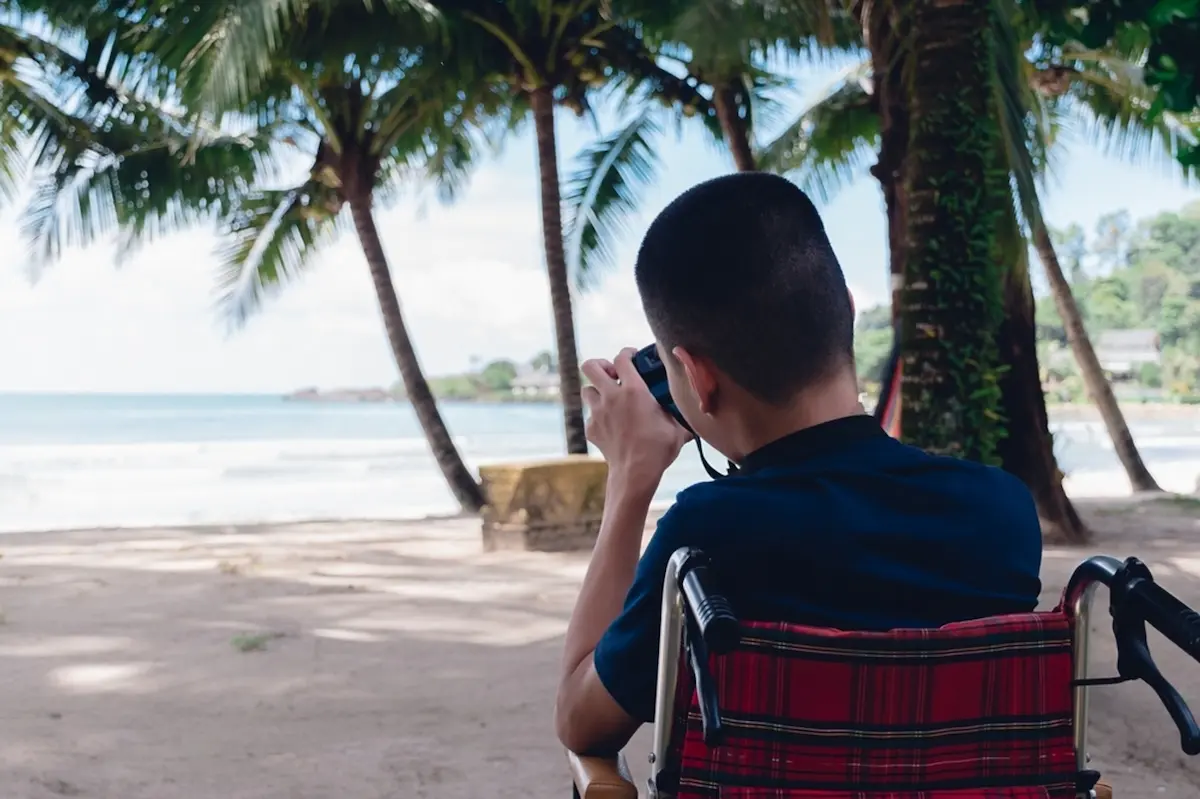Why Photography Can Be Beneficial for Children with Autism
Introduction
Autism is a developmental disorder that affects social communication, behavior, and sensory processing. Children with autism often struggle with communication and social interaction and may also experience sensory sensitivities. While there is no cure for autism therapy and intervention can help children with autism develop skills and overcome challenges. One therapeutic tool that has shown promise in working with children with autism is photography. Photography can help children with autism develop social communication, sensory processing, and fine motor skills in a creative and engaging way.
Benefits of Photography for Children with Autism
Enhancing Social Communication
Building Connections and Relationships
Photography can provide children with autism with a way to connect with others and build relationships. Photography can be a shared activity between the child and a therapist or caregiver, providing opportunities for interaction and engagement. It can also be used as a way to capture moments and memories, which can help the child develop a sense of self and identity.
Learning to Read Facial Expressions and Body Language
Photography can help children with autism learn to read and interpret facial expressions and body language. By taking photographs of people, children can learn to recognize different emotions and expressions, and by reviewing their own photographs and those of others, they can practice identifying and interpreting nonverbal cues.
Developing Sensory Processing Skills
Developing Sensory Processing Skills
Photography requires attention to detail, which can help children with autism develop their sensory processing skills. Through the lens of a camera, children can focus on specific details and aspects of their environment that they may not have noticed before. This can help them improve their ability to filter out distractions and focus on important information.
Engaging with the Environment
Photography can also be a way for children with autism to engage with their environment in a meaningful way. By exploring and taking photographs of their surroundings, children can learn about different places and cultures, and develop an appreciation for the beauty and diversity of the world around them.
Improving Fine Motor Skills
Handling and Operating a Camera
Photography can help children with autism improve their fine motor skills. Holding and operating a camera requires precision and control, which can help children develop their hand-eye coordination and dexterity. This can also help build confidence and self-esteem as children gain mastery over the camera and its functions.
Editing and Processing Photographs
Editing and processing photographs can also be a way for children with autism to improve their fine motor skills. By using software to adjust and manipulate images, children can practice using a mouse or other input device, which can help develop their motor skills and hand-eye coordination.
Tips for Using Photography as a Therapeutic Tool for Children with Autism
Creating a Safe and Comfortable Environment
It’s important to create a safe and comfortable environment when using photography as a therapeutic tool for children with autism. This may involve finding a quiet and calm space where the child can focus, or using sensory tools such as headphones or fidget toys to help the child feel more comfortable and relaxed.
Providing Simple and Clear Instructions
When working with children with autism, it’s important to provide simple and clear instructions. This can help the child understand what is expected of them and feel more confident in their abilities. It can also help prevent frustration and anxiety.
Encouraging Creativity and Expression
Photography can be a way for children with autism to express themselves and explore their creativity. It’s important to encourage and support the child’s creative efforts, and to provide opportunities for them to experiment with different techniques and approaches.
Conclusion
Using photography as a therapeutic tool for children with autism can have a variety of benefits, including promoting social communication sensory processing and fine motor skills. To make the most of photography as a therapeutic tool, it’s important to create a safe and comfortable environment, provide simple and clear instructions, and encourage creativity and expression. By incorporating photography into therapy and intervention programs, children with autism can develop new skills, explore their creativity, and build connections and relationships with others.


